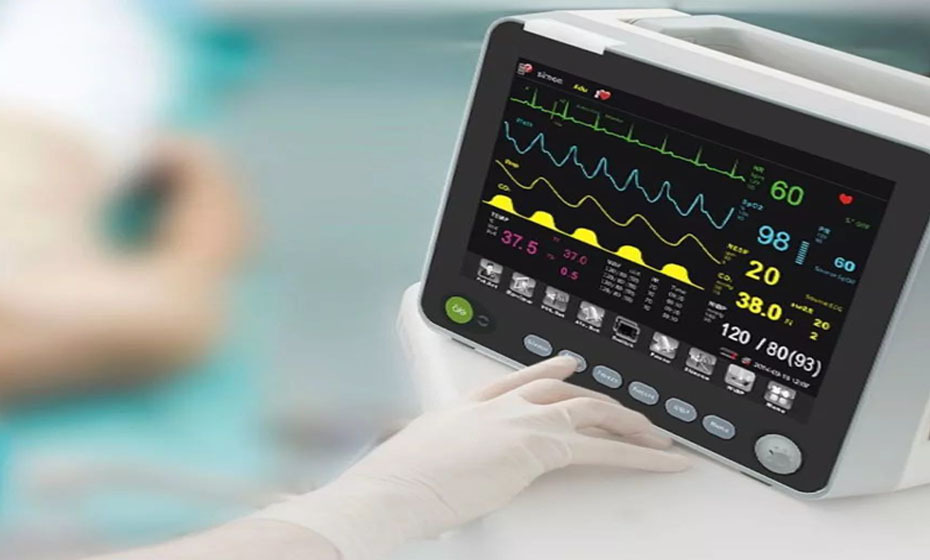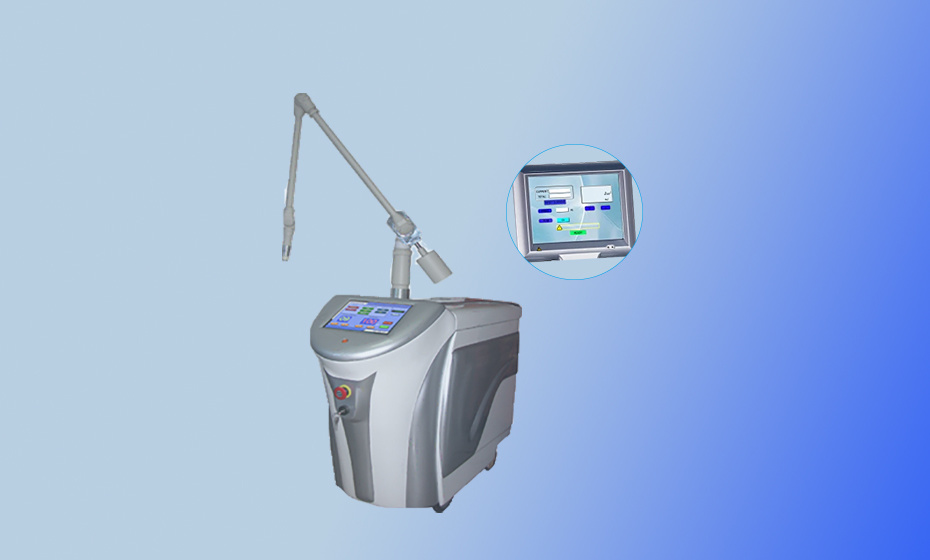NEWS
新闻资讯
How Capacitive Touch Screens Work
The working principle of capacitive touch screen is mainly based on human current sensing. It consists of a four-layer composite glass screen, in which the inner surface and between the interlayers are coated with a layer of conductive material, i.e. ITO (Indium Tin Oxide). The four corners of the touch screen lead to four electrodes, and when the finger touches the screen, the contact capacitance will change.

Finger contact with the screen causes a transfer of charge, and in order to recover these charge losses, the screen replenishes the charge from the four corners. The amount of charge replenished is proportional to the distance of the touch point from the edge of the screen, making it possible to determine the position of the touch point.
In addition, in order to reduce the influence of corner/edge effects on the electric field, the perimeter of the screen is usually surrounded by linearised metal electrodes. there may also be a layer of ITO shielding underneath the ITO coating, which is used for noise blocking. Surface capacitive touch screens need to be calibrated at least once before they can be used properly.

By dividing the screen into regions, and setting up a set of independently working mutual capacitance modules in each region, the capacitive screen is able to detect the touch of each region, and achieve multi-touch after processing.
In general, the working principle of capacitive touch screen is to use the coupling capacitance between the human body electric field and the screen to detect the touch position, and through precise calculation to derive the position information of the touch point. This technology makes capacitive screen has the advantages of high sensitivity, fast response speed, multi-touch and so on, so it is widely used in smart phones, tablet PCs and other devices.
Related News

Tel:0591-83855888
Mobile:15960046383 Miss Zheng
Address:Qianlong Huijin Center, Yangzhou Road, Cangshan District, Fuzhou City, Fujian Province
Official website:goldenvisionlcd.com
Copyright 2022 Anhui Jinshijie Optoelectronic Technology Co., Ltd 闽ICP备2022016838号
Powered by www.300.cn SEO





